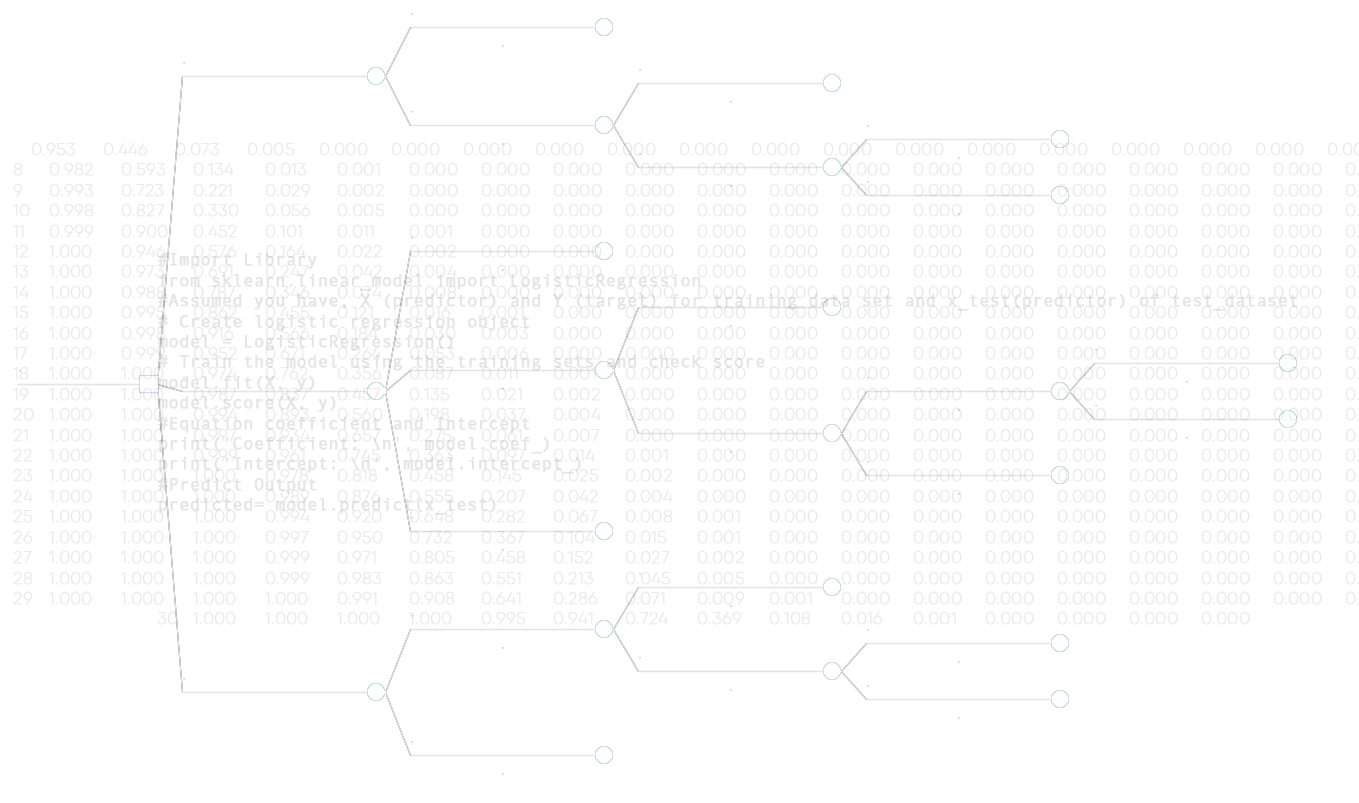
Insights
Is Your Trademark Distinctive Enough To Be Protected Under Federal Law?
The purpose of a trademark is to distinguish goods/services and their source from other goods/services in the marketplace. To further that purpose, federal courts have created a sliding scale under which the degree of protection a mark receives depends on its level of distinctiveness. The five categories, in order from least distinctive to most distinctive, are: (1) generic marks, (2) descriptive marks, (3) suggestive marks, (4) arbitrary marks, and (5) fanciful marks. Below is a brief description of each category and the level of protection a trademark that falls in that category receives under federal law.

